The Municipal Government of Beijing has included the goal of "building 50 micro-gardens" in its 2025 Work Report. Developing micro-gardens is not only a foundational element in Beijing's endeavor to build a "Garden City," but also a crucial approach to implementing the "City of People" concept. The participation of our faculty and students in a recently completed project - design and construction of the micro-garden in the Canal Bay Community in Tongzhou District, was the practical work we've done to make the capital's Garden City greener and more beautiful.
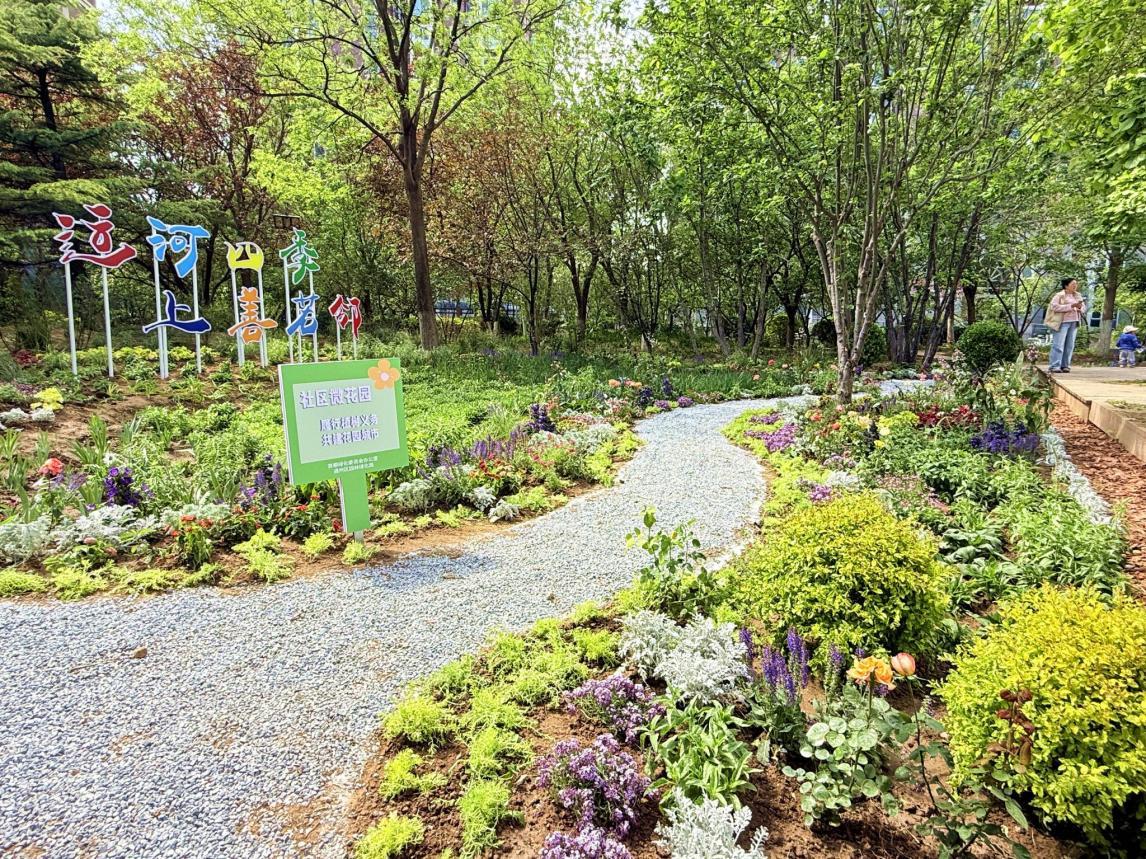
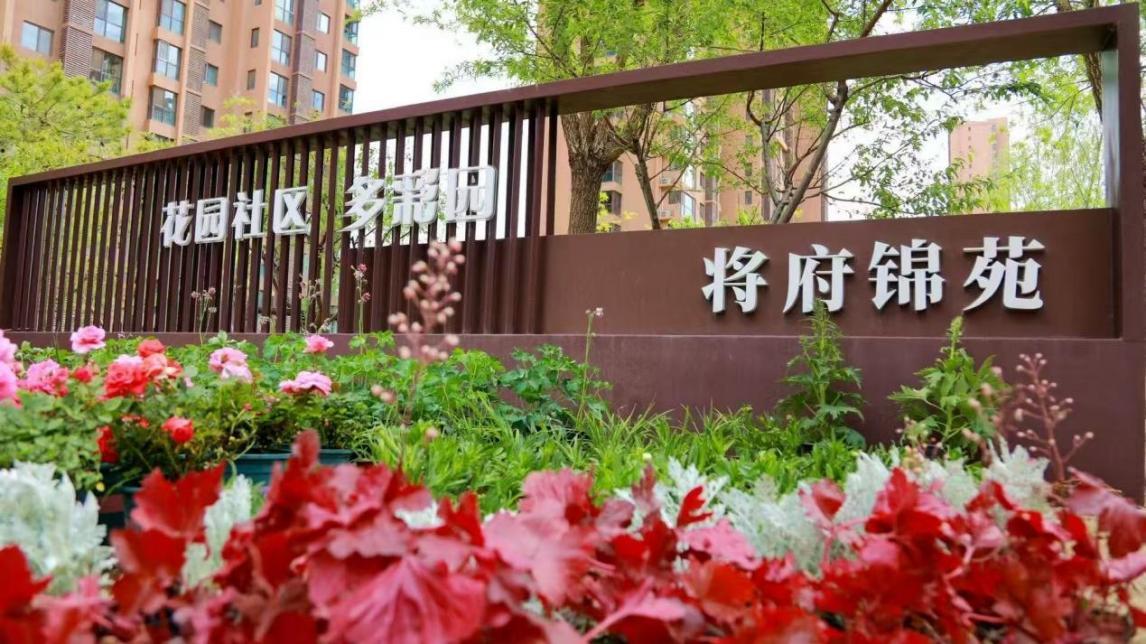
Starting in March, the postgraduate students of the class of 2024 majoring in Landscape Architecture, led by Professor Fu Jun from the College of Landscape Architecture, along with teachers Li Yucang, Liu Yuan, and Bao Menghan, participated in the Tongzhou Canal Bay Community Micro-Garden Project. Our faculty and students designed the micro-garden based on the understanding of the residents' needs through site visits. Following multiple rounds of expert evaluation and community review, the overall design scheme for the micro-garden was finalized with the theme "Four Seasons of the Canal, Kind Neighbors." We completed planting and construction together with the Tongzhou Forestry and Parks Bureau, community residents, and Shuangxiu Park.
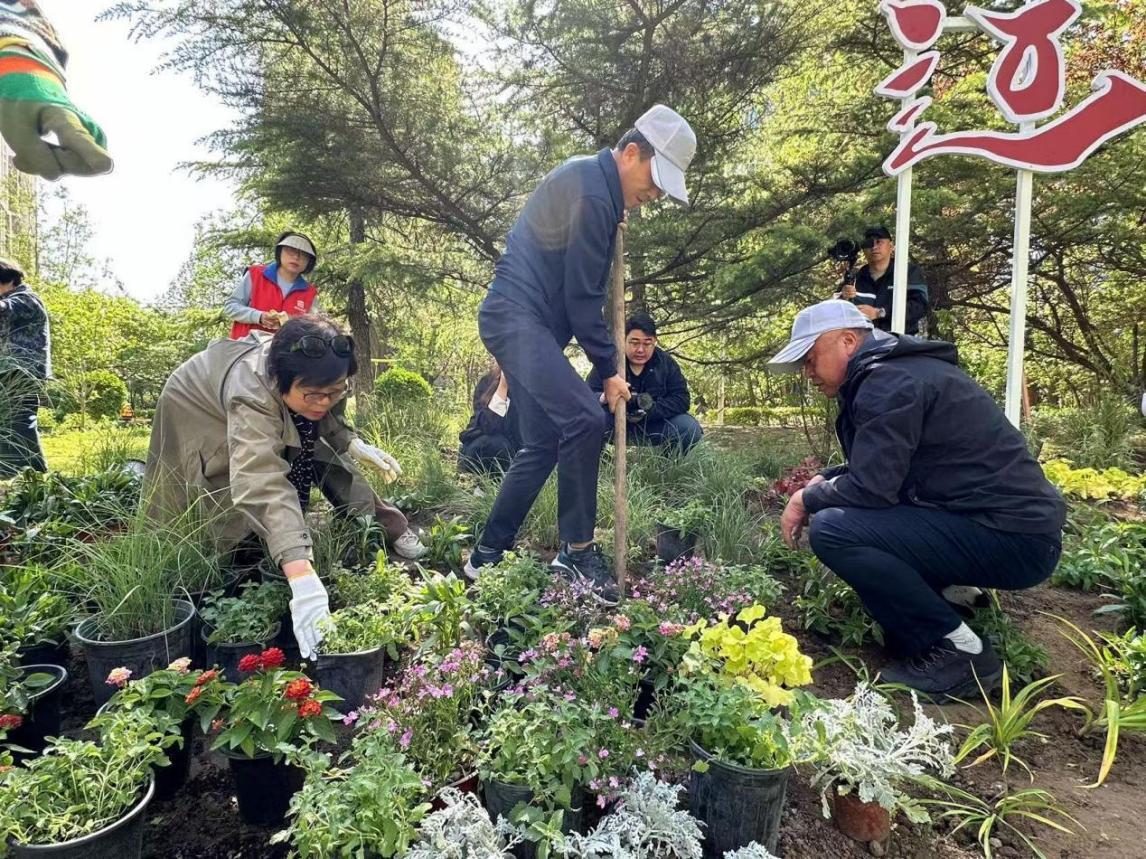
Our team of teachers and students successfully turned the previously idle and fragmented green spaces within the community into beautiful pocket gardens. This has become an innovative model for the revitalization of small micro-spaces in high-density urban areas and the integration of community co-governance. The team utilized a rich variety of plants to create the four-season scenery of the canal featuring "Spring Ripples, Summer Waves, Autumn Mist and Winter Crystals", and engaged over 20 community residents in soil turning and planting, to explore the model of co-development and co-protection with communities.
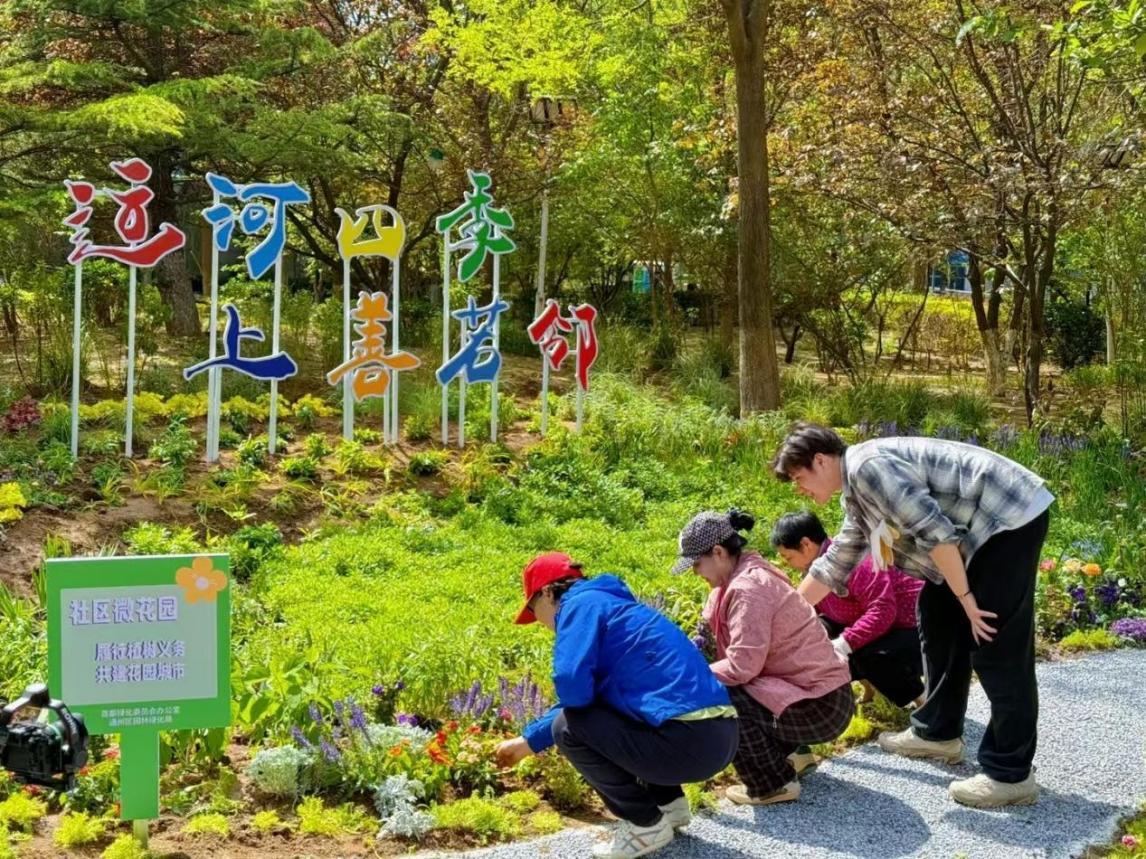
According to Fu Jun, small and micro spaces are the capillaries of urban governance and, crucially, a nexus for fostering community spirit. He believes the micro-garden model of "co-development + ecological aesthetics + natural science popularization" will allow more urban nooks to metamorphose into "symbiotic green havens" right outside people's homes.
To enhance students' professional competence and strengthen their skills in design and construction, the Landscape Gardening Department of the College of Landscape Architecture recently organized work placements centered on "flower border and construction" with the National Forestry and Grassland Ancient Tree Health and Ancient Tree Culture Engineering Technology Research Center for students participating in the course of Landscape Engineering Internship, integrating actual industry needs into the teaching process. Five teachers (Feng Li, Ma Xiaoyan, Yin Jie, Zhang Wenling, and Zhang Ang) and three experienced horticulturalists guided students to fully utilize their professional knowledge. Combining the ecological, artistic, and functional requirements of garden city construction, they meticulously designed and created eight groups of flower border works that possess both ecological value and artistic beauty, showcasing the students' understanding of landscape aesthetics.
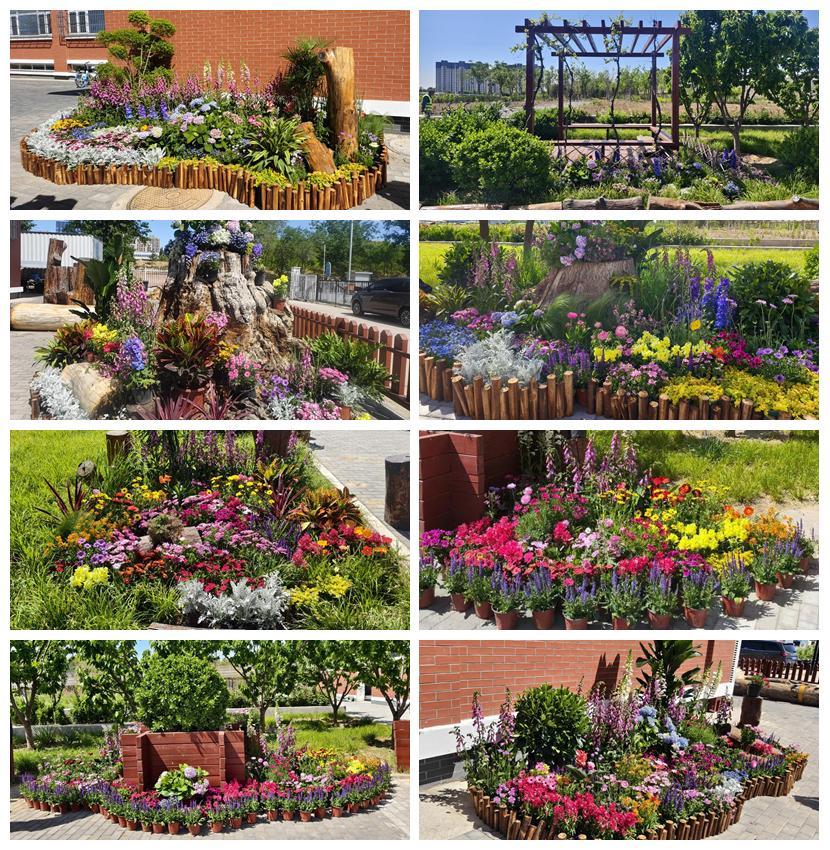
The work placement not only effectively improved students' flower border design and construction skills but also demonstrated the teaching outcomes and educational effectiveness of the Landscape Engineering course based on the OBE (Outcome-Based Education) philosophy. The students said that they will take this practice as a starting point to continuously improve their professional skills and actively dedicate themselves to the construction of Beijing as a Garden City in the future, adding more greenery and beauty to the city!
 LATEST NEWS
LATEST NEWS
 search
search


